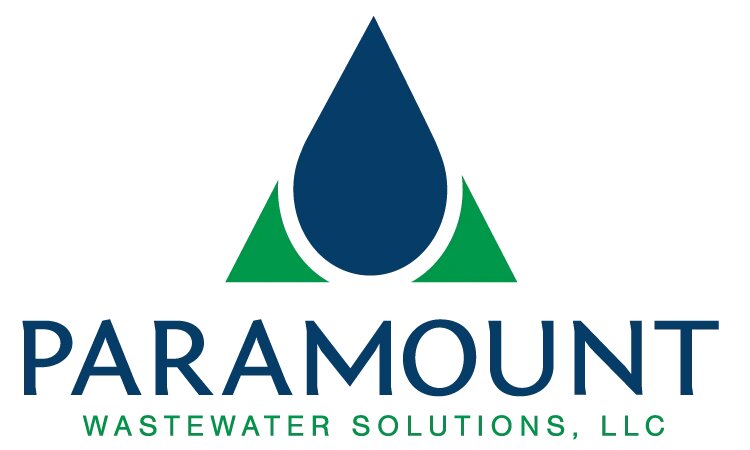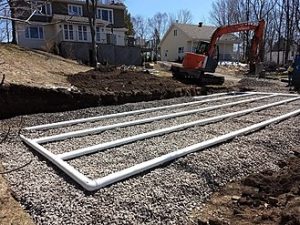It’s almost impossible to imagine how humanity would have lived in dense urban communities without the invention of plumbing. While human nature pushes us to group up into social communities, poor waste management in the past made living in such communities almost unbearable. But as our plumbing facilities improved and we developed efficient septic systems, living in these communities became much more bearable.
What Are Septic Tanks?
Unless you work in the plumbing business, you likely have little knowledge about the inner workings of your plumbing and septic system. For most people, it’s one of those things we take for granted until an issue or breakdown in the system shows us just how little we know. In fact, you may not even have a septic tank if you live in a house that’s connected to the main sewage line.
Simply put, a septic tank is a watertight underground container that is used to partially treat the wastewater generated by a household. Through natural processes like biological decomposition and drainage, an efficient septic tank will continuously treat wastewater and release it into the soil for further treatment, ensuring your septic system isn’t overloaded with wastewater. The entire septic system consists of the home’s plumbing and the septic tank.
How Do Septic Tanks Work?
Usually made from either concrete, fiberglass, or plastic, septic tanks feature simple designs, and they tend to be either rectangular or round in shape. The septic system features the underground tank and the drain field. The drain field is a shallow, covered pit in the soil that finishes wastewater treatment. A typical septic tank will have two pipes on either side; an inlet and an outlet.
Wastewater comes in from the home through the inlet, is treated, and heads out to the drain field via the outlet pipe. Once wastewater enters the tank, it is held there long enough for solid waste to sink and settle at the bottom. Once the solid and liquid waste is fully separated, the outlet pipe removes the wastewater and spreads it over the drain field for further processing. Let’s have a more in-depth look at what happens in the septic tank and drain field.
Inside the Septic Tank
Wastewater from your toilet, kitchen, and drains flows into the septic tank via the inlet pipe. There are two chambers in the tank, and over 2-4 days, the wastewater will separate into three layers. Oils, fat, and grease will rise to the top and form the scum layer, and solid waste will sink down to the bottom to form the sludge layer. Wastewater and lighter-than-water waste particles will form the middle layer, flowing over the partial wall in the tank into the second smaller chamber. Bacteria colonies in the septic tank will break down and digest solid waste, allowing the liquid waste to easily separate and flow into the drain field. It takes the bacteria in the septic tank 6 months to one year to digest the sludge into carbon dioxide, water, and a small amount of indigestible material. Experts recommend that you remove these accumulations every 3-5 years.
Inside the Drain field
Once the liquid waste is properly separated from the solid waste, it will flow into the drain field via an outlet pipe. This liquid is called ‘effluent .’ While it may be partially treated, it still has a nasty odor and contains disease-causing pathogens, organic waste, and all kinds of pollutants. If this effluent were to reach the soil without further treatment, it would pollute the environment and potentially lead to public health issues.
The function of the drain field is to further treat the effluent before it reaches the water table. Through a series of perforated pipes installed in a bed of gravel, the effluent from the septic tank drains into the ground. As the effluent percolates through the soil for 2-3 feet, minerals and anaerobic bacteria in the soil remove any remaining germs and harmful organic material.
How to Keep Your Septic System Functioning Efficiently
If your home relies on a septic system for waste removal, there are a few things you can do to ensure the system is in tip-top shape. For starters, avoid using chemical drain cleaners. Not only can they damage and eat through your pipes, but drain cleaners will also affect the delicate ecosystem inside the septic tank. Since they are extremely corrosive, drain cleaners will kill off the bacteria colonies living in the tank, significantly slowing down the waste digestion process and increasing the chances of a wastewater overload.
Ensure the tank is inspected and drained every 3-5 years. You can also try to use water efficiently to reduce wastewater entering your septic tank. Dispose of waste properly; don’t flush anything but human waste and tissue paper down the toilet, don’t dump any kind of chemical cleaner, oil, or grease down your drains; and limit the number of times you use your garbage disposal. Finally, do not drive or park on your drain field, keep trees an appropriate distance away, and keep any rainwater drainage system away from the drain field.
Hire a Professional Plumber
Are your drains, showers, and bathtubs draining slowly? Have you heard any gurgling sounds coming from the drains or toilet? Are water and sewage coming up your toilet, drains, and sinks? Your septic system may have a problem.
Our professional plumbers at Paramount Wastewater Solutions have been inspecting and fixing plumbing problems since 1995 and would love to help you as well. Contact us today to schedule an appointment.



